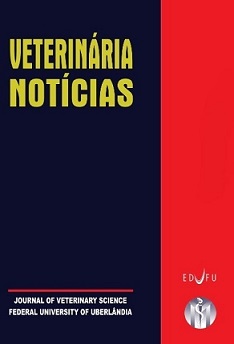Contradictions and challenges of fish slaughter in Brazil
DOI:
https://doi.org/10.14393/VTN-v26n2-2020-46732Abstract
Fish farming is an extremely important activity for the Brazilian
market since it is currently on the rise. In order to obtain high-quality
products, some care is necessary from the breeding, involving facilities,
adequate feeding, handling, harvesting, slaughtering, and packaging. In
the fish farming chain, one of the most important moments is the
slaughtering, because it is when the product undergoes modifications that
interfere in its final quality, considering appearance, odor, texture, and
palatability. In the Regulation of Industrial and Sanitary Inspection of
Products of Animal Origin (RIISPOA), there is little information that
refers to the slaughter of fish, mainly about the appropriate way to be
performed, and the Normative Instruction No. 3 of the Ministry of
Agriculture, Livestock and Supply (MAPA) of January 17, 2000,
determines the standardization of stunning methods to humane slaughter
in various animal species, except for fish. According to this bibliographical
review, stunning by electrocution, a lethal blow to the head, and the bone
marrow section are the best techniques to be used, but there is still a lack
of studies for standardization of methods. For this reason, this work
gathers information about fish slaughter, as well as highlights the need for
regulation by the relevant bodies.

